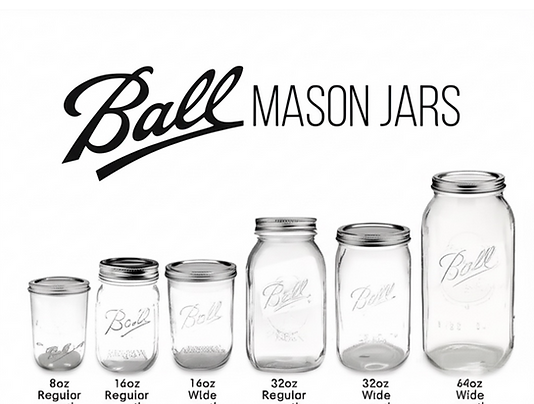
Wild yeast and lactic acid bacteria (LAB) work together to ferment sourdough. These microorganisms create a unique experience by producing gases that give the bread its characteristic airy texture, while also generating acids that add a delightful tanginess to the flavor profile. As the wild yeast consumes the sugars found in the flour, it releases carbon dioxide, forming countless tiny bubbles within the dough. This process results in a light, open crumb, which is a hallmark of well-made sourdough.
At the same time, the LAB also consumes these sugars, but their role goes beyond just fermentation. They produce flavorful acids that not only enhance the taste but also prolong the bread’s shelf life by lowering the pH. This acidification strengthens the gluten network, providing the dough with better structure and stability.
For optimal fermentation, fill your jar to 40–45% capacity—no more, no less—to allow sufficient room for gas expansion and microbial growth. Using a smaller space when feeding your sourdough starter is crucial. Longer fermentation improves both flavor complexity and digestibility in sourdough baking.
The final result is nothing short of a masterpiece: a crisp, golden-brown crust that shatters delightfully with each bite, revealing a moist and chewy interior that sets sourdough apart from other breads. Each loaf is a unique expression of its environment and ingredients, making sourdough a truly special baking endeavor.
The importance of natural gases in a sourdough starter
A 16 oz glass jar with a ring lid is crucial for the recovery of a sourdough starter after shipping.
